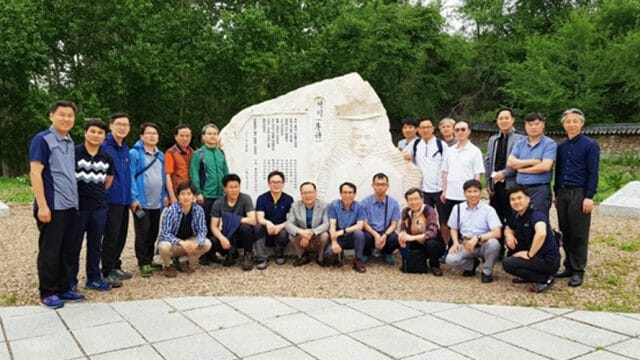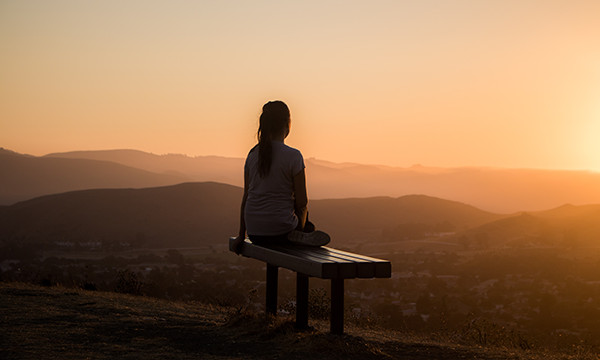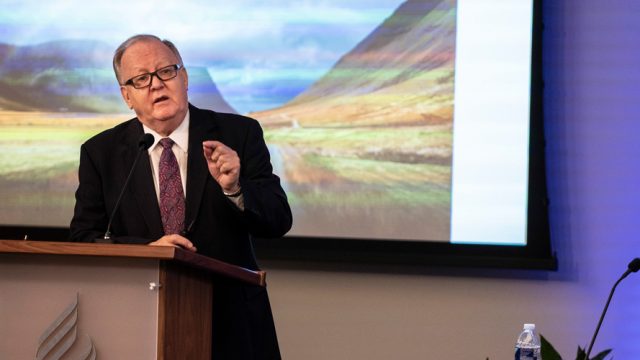Lessons from Adventist institutions during the 1918 flu pandemic
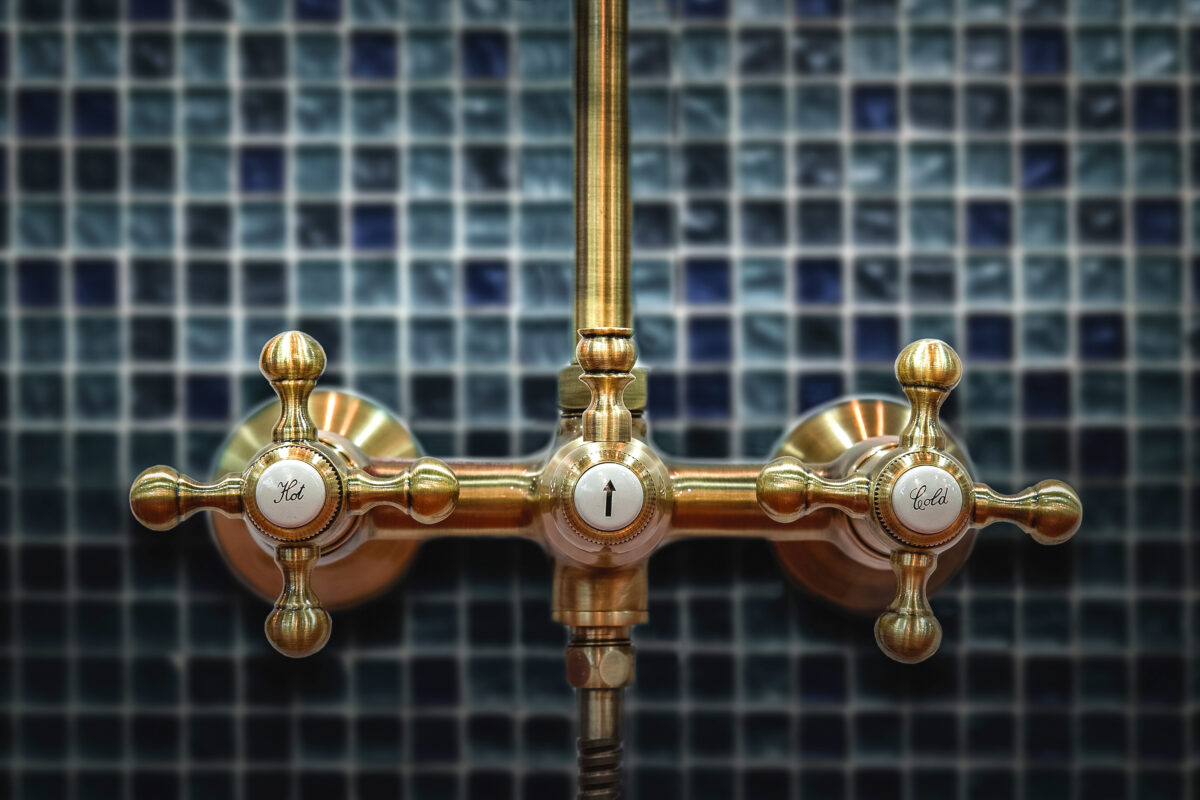
Please note this article neither provides nor substitutes for medical advice or treatment. It’s intended for general informational purposes and doesn’t address individual conditions or situations. Hydrotherapy is not meant to replace medical care. Instead, it’s one strategy among many others (such as good nutrition, moderate exercise, sleep, etc.) that may help your immune system function more optimally. While we don’t suggest hydrotherapy as a “cure” for COVID-19, we do invite our readers to consider the data and rationale for its use in the past and its application in the present circumstances.—Authors.
As our world faces one of the most lethal medical emergencies in the past century, curiosity has been piqued about the 1918 Spanish flu pandemic—an event that infected approximately one third of the world’s population and killed an estimated 50-100 million people.1
Severe cases caused respiratory distress and pneumonia, much like COVID-19. Although much has changed since 1918, today we find ourselves in a similar predicament. Sadly, there’s currently no vaccine and no known specific or consistently effective way to treat this dangerous virus.
Public health authorities have used data from 1918 records to promote social distancing in order to “flatten the curve” of the COVID-19 infection. These mitigation efforts are very important and saved countless lives in 1918. But is it possible that other valuable health lessons can be learned from the Spanish flu? We believe so. Tucked away in the archives are some fascinating accounts of a few communities that weathered the Spanish flu better than others. We would like to share some of their stories with you.
Hydrotherapy (the therapeutic use of water) was used effectively during the 1918 pandemic. It primarily works through the body’s responses to contrasting cold and heat treatments, which can cause a variety of cellular, vascular, and immune reactions. Hydrotherapy has been used from ancient times until now and was historically a key component in the training of Seventh-day Adventist health-care professionals as well as volunteers. The World Health Organization currently collaborates with the International Society of Medical Hydrology and Climatology to actively investigate the use of hydrotherapy, mineral baths, and other thermal methods to prevent and treat disease.
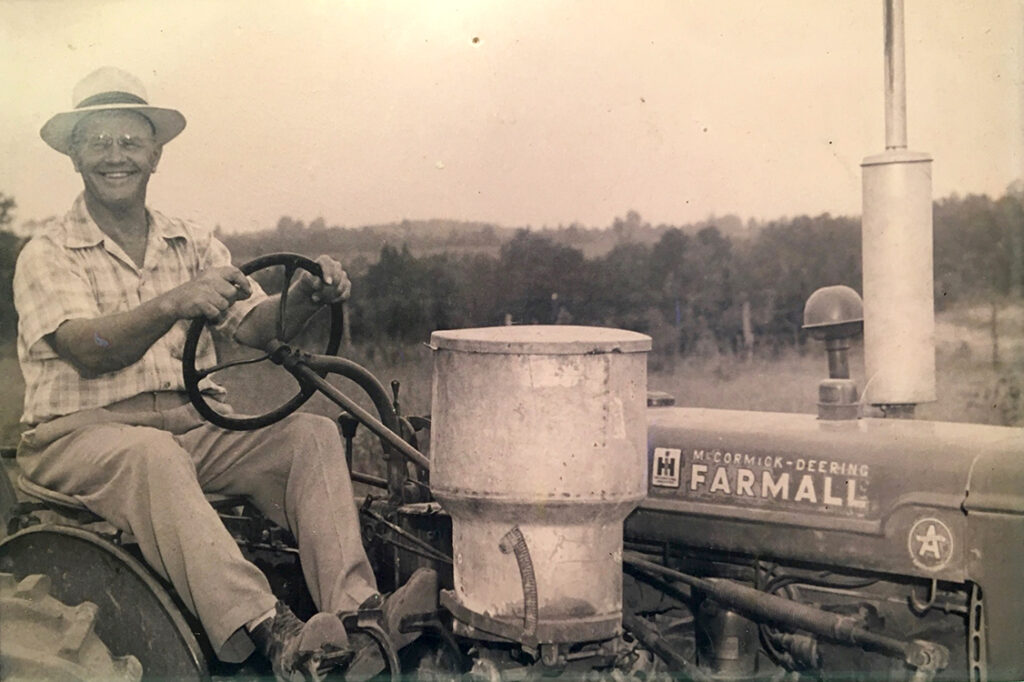
A Survivor Story
Curtis Woods was in his early 20s when he was sent home from a military base in Georgia, deathly ill with the Spanish flu. Thankfully, his family lived across the street from a small Seventh-day Adventist sanitarium,2 and Curtis was given hydrotherapy treatments at home. His now 95-year-old daughter credits these treatments with saving his life.
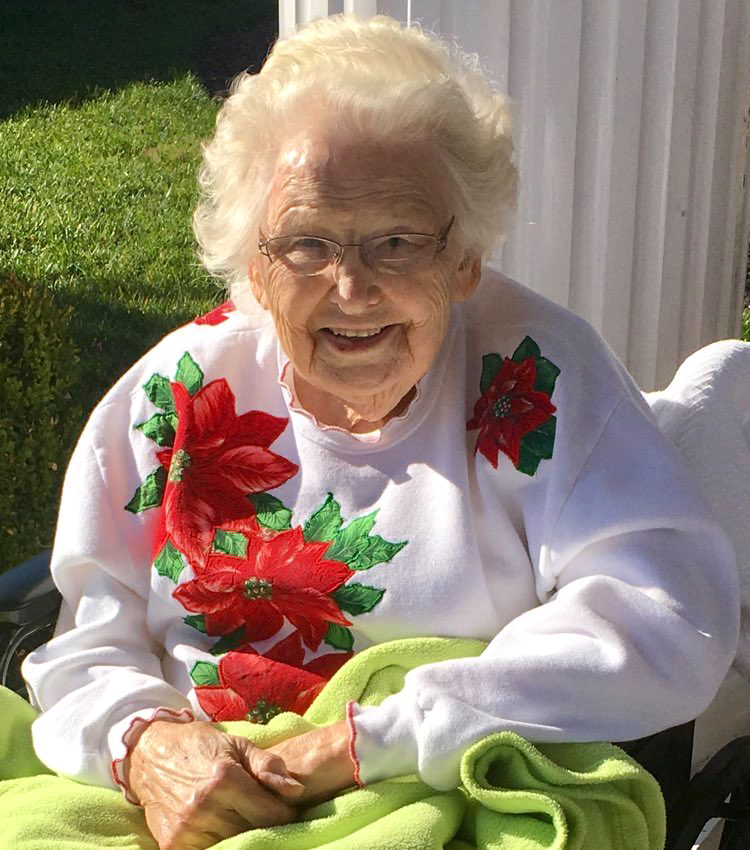
“He lived until 94,” she says. “The family would talk about how sick he had been, and how wonderful it was that he got better.”
Records from Douglas County, Georgia, verify that the local sanitarium saved the lives of many other community members during the pandemic. Although anecdotal, this recovery story wasn’t an isolated one. Multiple Seventh-day Adventist sanitariums and schools practiced hydrotherapy during the pandemic.
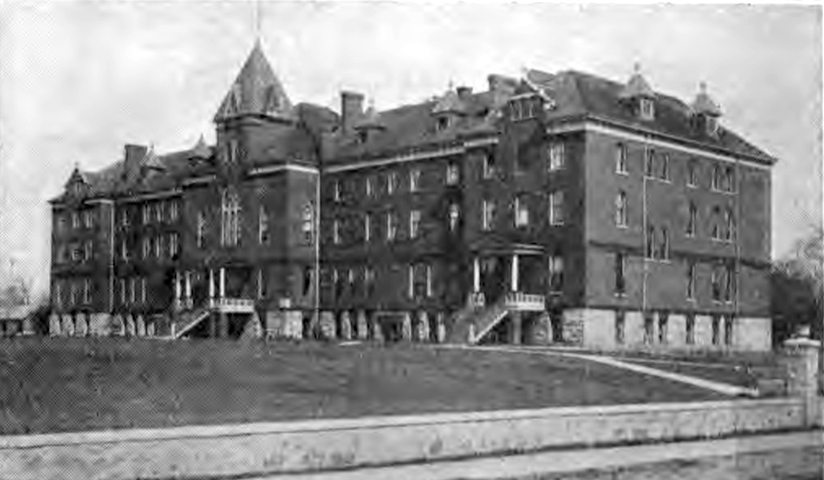
Adventist Schools Beat the Spanish Flu
When the deadly flu descended upon an Adventist seminary in Hutchinson City, Minnesota, the outlook seemed grim. The Spanish flu was known to be unusually fatal for young adults.3 But some surprising things happened as evidenced by this report validated by the town’s health officer.4 At least 120 people on campus were exposed to the flu (all housed under one roof). Although 90 of them developed symptoms, not a single person developed pneumonia or died. These results were remarkable compared to national and worldwide statistics. This is especially noteworthy since there were no medications available at that time for use in their treatment.
What treatment did these patients receive? A physician prescribed them strict bed rest, a regulated diet, and hot and cold hydrotherapy treatments provided by a nurse who monitored their care. The patients were required to remain in bed and follow social distancing for up to a week after recovery.
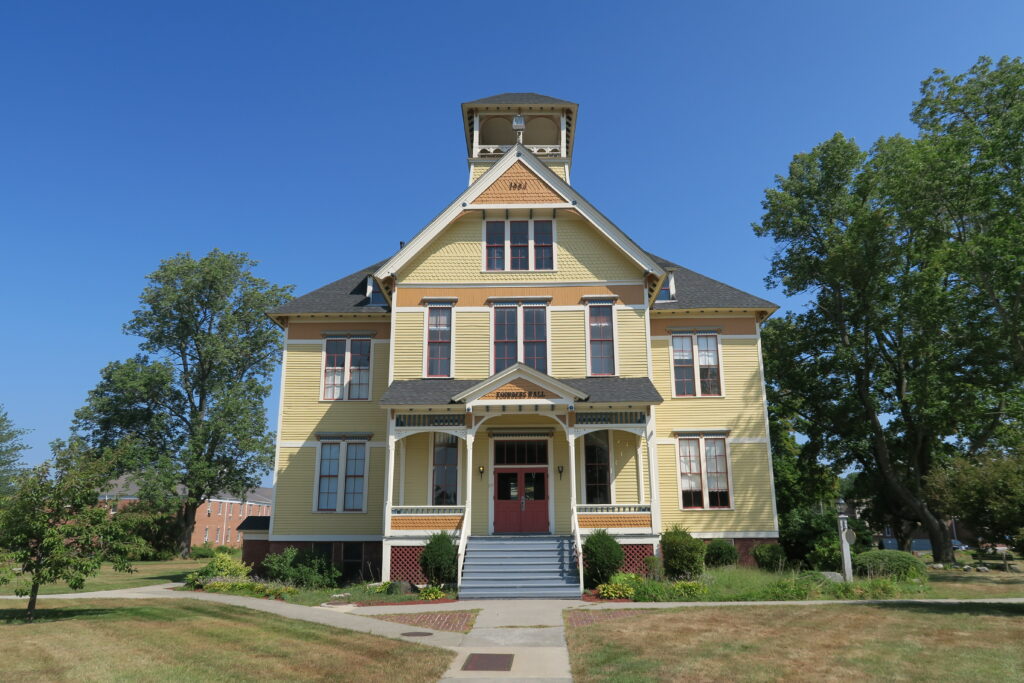
Success attributed to hydrotherapy was also reported on other Adventist campuses, including Southern Missionary College (now Southern Adventist University) and South Lancaster Academy. According to an account of South Lancaster Academy,5 “while the majority of cases were of a mild type, some were very serious, and . . . would undoubtedly have resulted in fatalities. But [hydrotherapy treatments], applied by student hands under the direction of one of our own physicians, wrought marvels in the speedy recovery of our most difficult cases. Doctors who had patients dying day by day, marveled at the fact that in our large and crowded dormitories, with practically no professional nurses in attendance, we had no fatalities. For ourselves, we attribute it under God to the fact that we put into operation the methods of treating the sick which for years have been a part of our denominational belief. Not only are we grateful for the recovery of our sick, but we believe the experience we have passed through as a school has deepened our faith in these God-given principles.”
Undoubtedly, other natural remedies such as fresh air, sunshine, good diet, physical exercise, and adequate sleep also played an important role in these outcomes.

A Report From 10 Adventist Sanitariums
In a fascinating report titled “Sanitarium Treatment of Influenza,” data was collected from 10 Adventist sanitariums in different parts of the United States that used hydrotherapy as part of their treatment for the Spanish Flu.6
In total, 1,123 patients were included in the report. Of these, 446 were treated as inpatients, and 677 were treated as outpatients. Only 1.3 percent of inpatients died. Of those treated as outpatients, 3.8 percent died. These numbers seem consequential since the death rates for the general public treated in hospitals ranged from 13 percent to 40 percent,7 and the death rate for soldiers at U.S. Army hospitals (considered the most advanced treatment centers at that time) was 6.7 percent.8
What accounted for the significantly lowered mortality rates compared to other hospitals? According to the report, “the principal merit, as far as treatment was concerned, was placed in careful nursing and hydrotherapeutic remedies.”9
Since these reports weren’t conducted with the same scientific rigor that we expect of research today, not all the questions we have about hydrotherapy treatments can be answered. There’s ongoing research exploring which health conditions can benefit from thermal treatments and how these treatments can safely be conducted. Yet, as we wait for more data, we are especially fascinated by the potential value of hydrotherapy in the face of a pandemic for which no specific or effective treatments are presently available.
Can Hydrotherapy Help With COVID-19?
Although no clinical studies have been done to directly show the impact of hydrotherapy on people with COVID-19, thermal techniques have been shown to be beneficial for other viral conditions. The temperature variations caused by hydrotherapy increase the circulation of disease-fighting white blood cells—like natural killer cells—that attack viruses and other invaders.10 Hydrotherapy is an effective technique researchers use to elevate the body temperature to fever-range. Special proteins in the body that are activated by fever or fever-range heat, work to aid the immune system and reduce the replication of some viruses and other pathogens.
Current studies suggest that the COVID-19 virus specifically suppresses the body’s innate immune response, the early recognition and response to infection. Interestingly, several studies indicate that hot and cold applications that raise the body temperature to fever range can benefit this early response. Hot and cold treatments, therefore, may help the immune system respond to the specific process the COVID-19 virus seems to suppress.11
At the time of writing, further research is being conducted to understand better how thermal hydrotherapy, sun exposure, ultraviolet-light application, and other promising interventions from 1918 might work to optimize the function of the immune system (and other systems), making us more resilient and less prone to disease.
While further research is needed, could it be that hydrotherapy may be a useful tool to help the immune system fight against COVID-19? The accounts of how hydrotherapy may have contributed to successful outcomes in the 1918 flu pandemic, combined with a plausible scientific rationale, lead us to think that hydrotherapy is at least worth a try. If practiced properly, the simple, low-risk, low-cost, and easily employed hydrotherapy techniques (such as alternating hot and cold water showers) are unlikely to do any harm in otherwise healthy people, and might just do some good!
In addition to the usefulness of hydrotherapy, the 1918 flu pandemic also taught us valuable lessons about the use of fresh air, sunlight, prayer, sleep, and other natural remedies. While hydrotherapy is the focus of this particular article, we encourage you to review the sidebar references to discover articles about other relevant practices that you can adopt today and learn how they may apply to viral illness (see resources below).
NOTE: If you have any of the following medical conditions, you should not use hydrotherapy without first consulting with your doctor: neuropathy (including diabetic neuropathy), peripheral vascular disease, cancer, heart disease, high blood pressure, HIV infection, diabetes, prior problems with hydrotherapy, or pregnancy. Those who are unconscious or mentally compromised because of illness or drug or alcohol use or cannot feel heat should not be given hot water procedures. Water temperature is best tested with a thermometer and should not exceed 110oF.
Resources for Health Practices
- “The Open-Air Treatment of Pandemic Influenza,” American Journal of Public Health, Oct. 2009, https://www.ncbi.nlm.nih.gov/pmc/articles/PMC4504358/
- “Coronavirus and the Sun: a Lesson from the 1918 Influenza Pandemic,” Positive News, Mar. 2020, https://backyardbend.com/coronavirus-and-the-sun-a-lesson-from-the-1918-influenza-pandemic/
- “Foods to Boost the Immune System,” Physicians Committee for Responsible Medicine, Mar. 2020,https://www.pcrm.org/news/blog/foods-boost-immune-system
- “The Sleep-Immune Crosstalk in Health and Disease,” Physiological Reviews, Jul. 2019,https://www.ncbi.nlm.nih.gov/pmc/articles/PMC6689741/
- “Exercise and Respiratory Tract Viral Infections,” Exercise and Sport Sciences Reviews, Oct. 2009,https://www.ncbi.nlm.nih.gov/pmc/articles/PMC2803113/
1 “Updating the Accounts: Global Mortality of the 1918-1920 ‘Spanish’ Influenza Pandemic,” Bulletin of the History of Medicine, 2002.
2 “Sanitarium”: a medical wellness center; an institution for the preservation or recovery of health; a health resort.
3 “Age-Specific Mortality During the 1918 Influenza Pandemic: Unravelling the Mystery of High Young Adult Mortality,” PLoS One, 2013.
4 Northern Union Reaper, Dec. 17, 1918. Accessed at https://adventistdigitallibrary.org/adl-416204/northern-union-reaper-december-17-1918].
5 The Advent Sabbath Review and Herald, Dec. 1918, vol. 95, http://documents.adventistarchives.org/Periodicals/RH/RH19181226-V95-52.pdf.
6 W. A. Ruble, M.D., “Sanitarium Treatment of Influenza,” Life & Health, May 1919. Accessed at http://documents.adventistarchives.org/Periodicals/LH/LH19190501-V34-05.pdf.
7 “Weapons Against Influenza,” American Journal of Public Health, Oct. 1918, https://www.ncbi.nlm.nih.gov/pmc/articles/PMC1362349/
8 W. A. Ruble, M.D., “Sanitarium Treatment of Influenza,” Life & Health, May 1919. Accessed at http://documents.adventistarchives.org/Periodicals/LH/LH19190501-V34-05.pdf.
9 Ibid.
10 Toshihiko Torigoe, M.D., Ph.D., “Heat shock proteins and immunity: Application of hyperthermia for immunomodulation,” https://www.tandfonline.com/doi/full/10.3109/02656730903315831.
11 E. Prompetchara, C. Ketloy, T. Palaga, “Immune responses in COVID-19 and potential vaccines: Lessons learned from SARS and MERS epidemic.” Asian Pacific Journal of Allergy and Immunology, Mar. 2020,38(1):1-9. DOI: 10.12932/ap-200220-0772.


